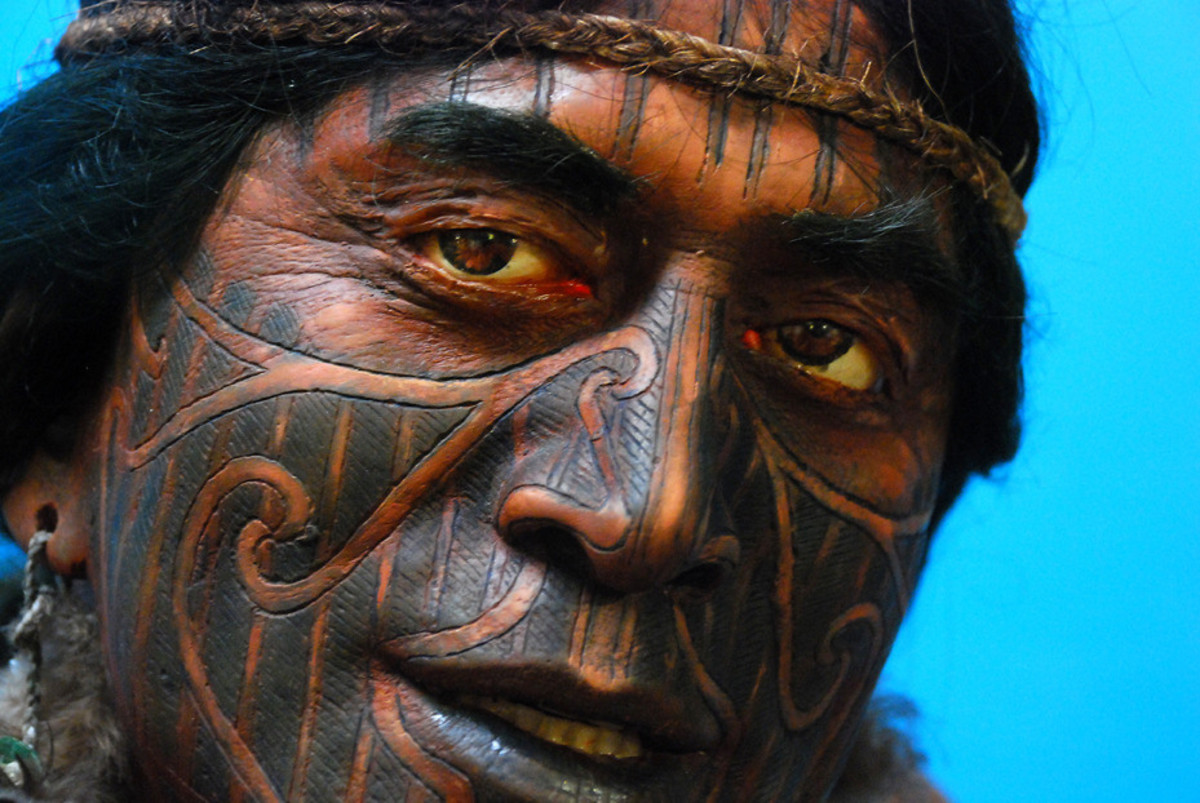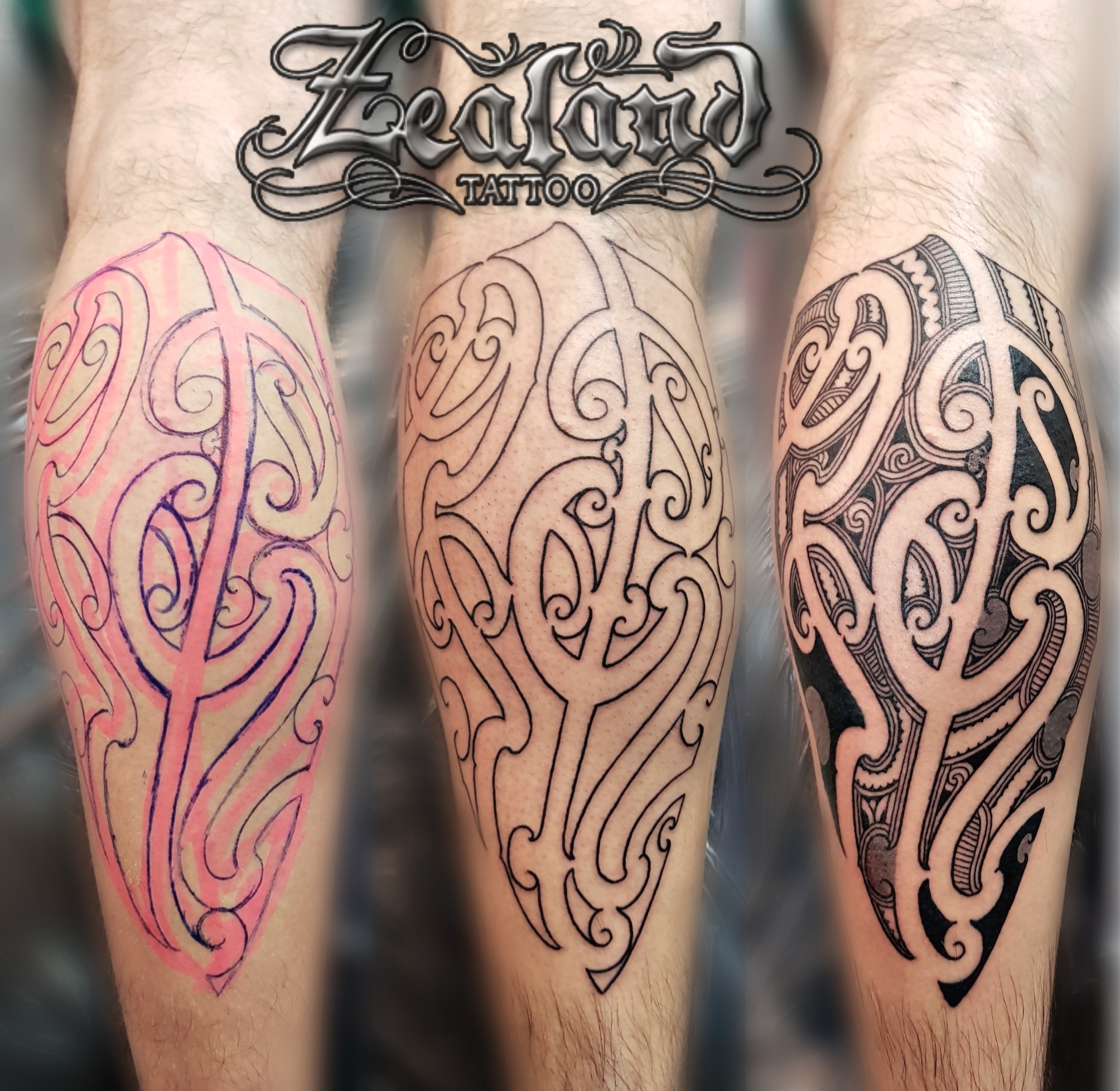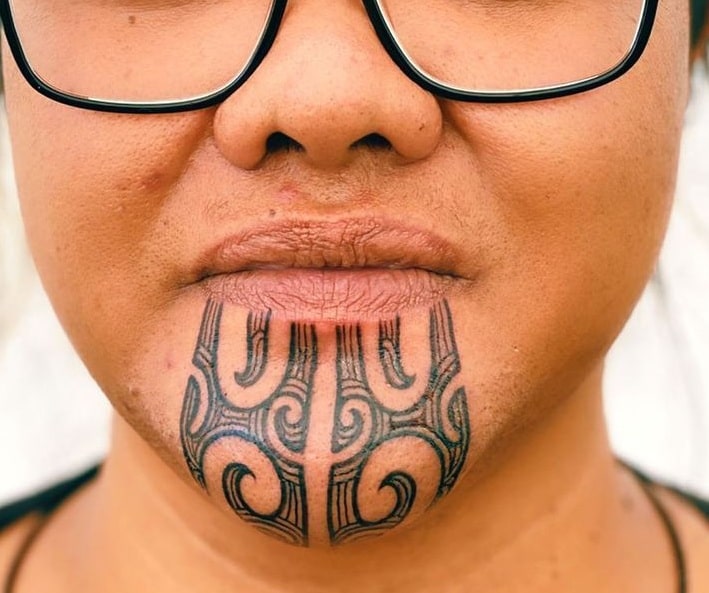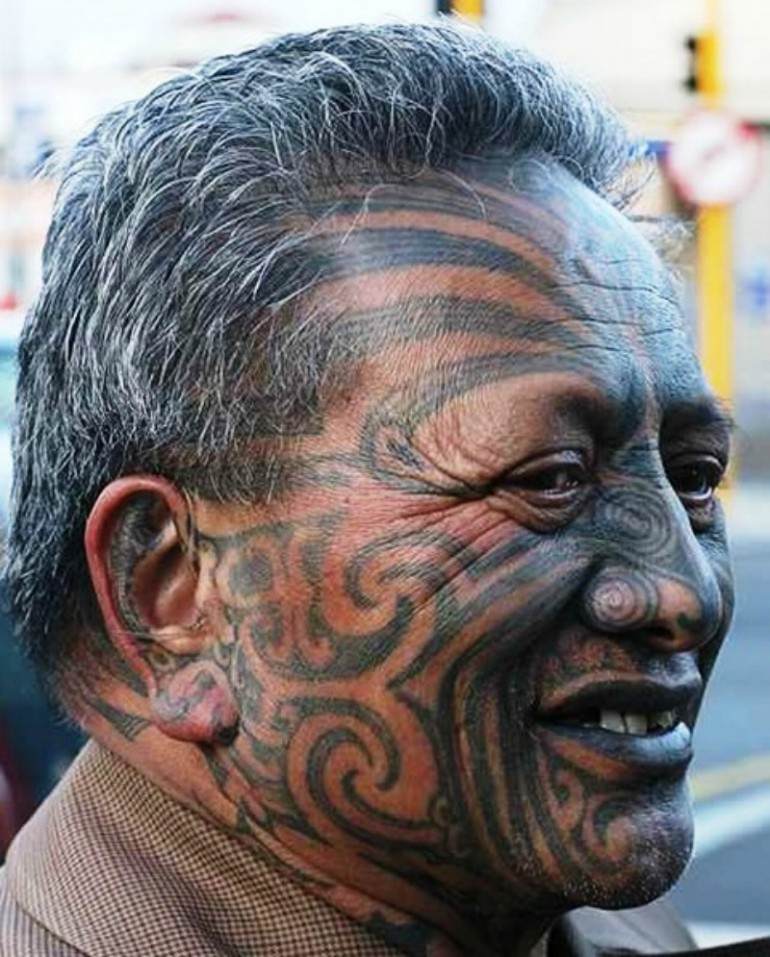How Did The Maori People Eat During The Tattoo Process
How Did The Maori People Eat During The Tattoo Process - Tā moko is the permanent marking or. These chisels, known as uhi, were used to carve the designs into the skin, leaving behind a permanent mark. As the art and practice of tāmoko (also known as tā moko) developed in isolation in aotearoa new zealand, māori pioneered the use of smaller, narrower uhi without teeth that cut grooves through the skin. Chambers based on a 1769 drawing by sydney parkinson, from the 1784 edition of a journal of a voyage to the south seas portrait of a young maori woman with moko, by louis john steele (1891) portrait of tāmati wāka nene by gottfried lindauer (1890). The moko is not just a form of body art, but a way of expressing one's identity, history, and spirituality. Web the process of tā moko was very ritualised, and both the tohunga tā moko and the client were considered to be in ‘te ahi tā moko’ (the fire or oven of tattooing). It is a powerful means of cultural expression and identity. Web the art of maori tattooing, or moko, is a sacred tradition that has been passed down through generations. The process was very ritualised and tapu (sacred), and the person being tattooed was fed using a special funnel. Web in addition to making a warrior attractive to women, the tattoo practice marked both rites of passage and important events in a person's life. Web the process of getting a maori tattoo was a long and painful one. Web during ta moko, sexual intimacy and the eating of solid foods were forbidden. Men wore elaborate designs on their entire faces; Women were usually less complex but elegant, and both sexes had extensive. Early forms of moko evolved during the period of mourning for deceased. A variety of theories regarding its origin and purpose have been advanced. Web this technique made moko as much scarification as tattoo, as evidenced in the portraits of c.f. Early forms of moko evolved during the period of mourning for deceased relatives, where women would haehae (lacerate) themselves using obsidian or shells and place soot in the wounds. The process. Moko is a form of tattooing that is done by carving the skin with a chisel and ink. Web māori brought this method of tattooing with them from eastern polynesia. Web the process of getting a maori tattoo was a long and painful one. The world of māori tattoo. Web the symbolism behind ta moko tattoos is deeply rooted in. Web sketch of a māori chief, 1773 engraving by t. It is a powerful means of cultural expression and identity. In this article, we will explore the history and origins of ta moko in maori culture, shedding light on the rich traditions. The world of māori tattoo. In this article, we will. They were paid with treasures such as weapons, cloaks and greenstone. This association with fire shows that the process was conducted within a. Web the process of getting a maori tattoo was a long and painful one. It is a powerful means of cultural expression and identity. The process was very ritualised and tapu (sacred), and the person being tattooed. It also served as a reminder to people about their responsibility in life. For instance, spirals represent new beginnings and growth, while koru designs symbolize the unfolding of a fern frond, signifying new life and regeneration. Web sketch of a māori chief, 1773 engraving by t. Web in addition to making a warrior attractive to women, the tattoo practice marked. It is a powerful means of cultural expression and identity. Early forms of moko evolved during the period of mourning for deceased relatives, where women would haehae (lacerate) themselves using obsidian or shells and place soot in the wounds. Web the process of tā moko was very ritualised, and both the tohunga tā moko and the client were considered to. It will be your ornament, and. This association with fire shows that the process was conducted within a. The process is painful and can take several days to complete. Web in addition to making a warrior attractive to women, the tattoo practice marked both rites of passage and important events in a person's life. Early forms of moko evolved during. The process was not just a physical one but also a spiritual one. Early forms of moko evolved during the period of mourning for deceased relatives, where women would haehae (lacerate) themselves using obsidian or shells and place soot in the wounds. Tā moko is the permanent marking or. Web ta moko is not just a form of body art;. It will be your ornament, and. Men wore elaborate designs on their entire faces; Web tā moko — traditional māori tattoos. Web this process was followed by the application of small, toothed uhi combs that applied the pigment. The process is painful and can take several days to complete. Web this technique made moko as much scarification as tattoo, as evidenced in the portraits of c.f. Web although ‘moko’ is the most common term for all forms of māori tattooing, specific terms describe moko applied to different parts of the body. Everyone had some patterning on their skin. This association with fire shows that the process was conducted within a. There were certain prohibitions during the tattooing process, and for the facial tattoo in particular sexual intimacy and the eating of solid foods were prohibited. Web despite its deep cultural significance, ta moko was nearly lost during the colonial era when the maori people were forced to assimilate into european culture. Chambers based on a 1769 drawing by sydney parkinson, from the 1784 edition of a journal of a voyage to the south seas portrait of a young maori woman with moko, by louis john steele (1891) portrait of tāmati wāka nene by gottfried lindauer (1890). The moko is not just a form of body art, but a way of expressing one's identity, history, and spirituality. It is steeped in symbolism and rituals that hold great significance for the maori people of new zealand. In the traditional māori world, the moko, or facial and body tattoo, was part of everyday life. Web the symbolism behind ta moko tattoos is deeply rooted in maori culture. A variety of theories regarding its origin and purpose have been advanced. Web during ta moko, sexual intimacy and the eating of solid foods were forbidden. As the art and practice of tāmoko (also known as tā moko) developed in isolation in aotearoa new zealand, māori pioneered the use of smaller, narrower uhi without teeth that cut grooves through the skin. In this article, we will explore the history and origins of ta moko in maori culture, shedding light on the rich traditions. Web sketch of a māori chief, 1773 engraving by t.
South Pacific The Maori People of New Zealand Owlcation

When New Zealand was colonized in the 1800s, the ancient Māori practice

Maori Tattoo The Definitive Guide to Ta Moko Zealand Tattoo

Artist Explores the Near Extinction of Māori Face And Body Tattoos in

Conheça o povo Maori Sua Origem e Lendas

Maori Tattoos Meanings and History with Designs & Symbols

Maori Tattoo Designs Think Before You Ink TatRing

Everything You Need to Know about Maori Tattoos

Tā moko, the Traditional Māori Tattoo Art

Maori Tattoo The Art of Polynesian Tattooing Aranui
The Process Is Painful And Can Take Several Hours To Complete, But It Is Considered An Important.
It Will Be Your Ornament, And.
Tā Moko Is The Permanent Marking Or.
Web The Process Of Getting A Maori Tattoo Was A Long And Painful One.
Related Post: